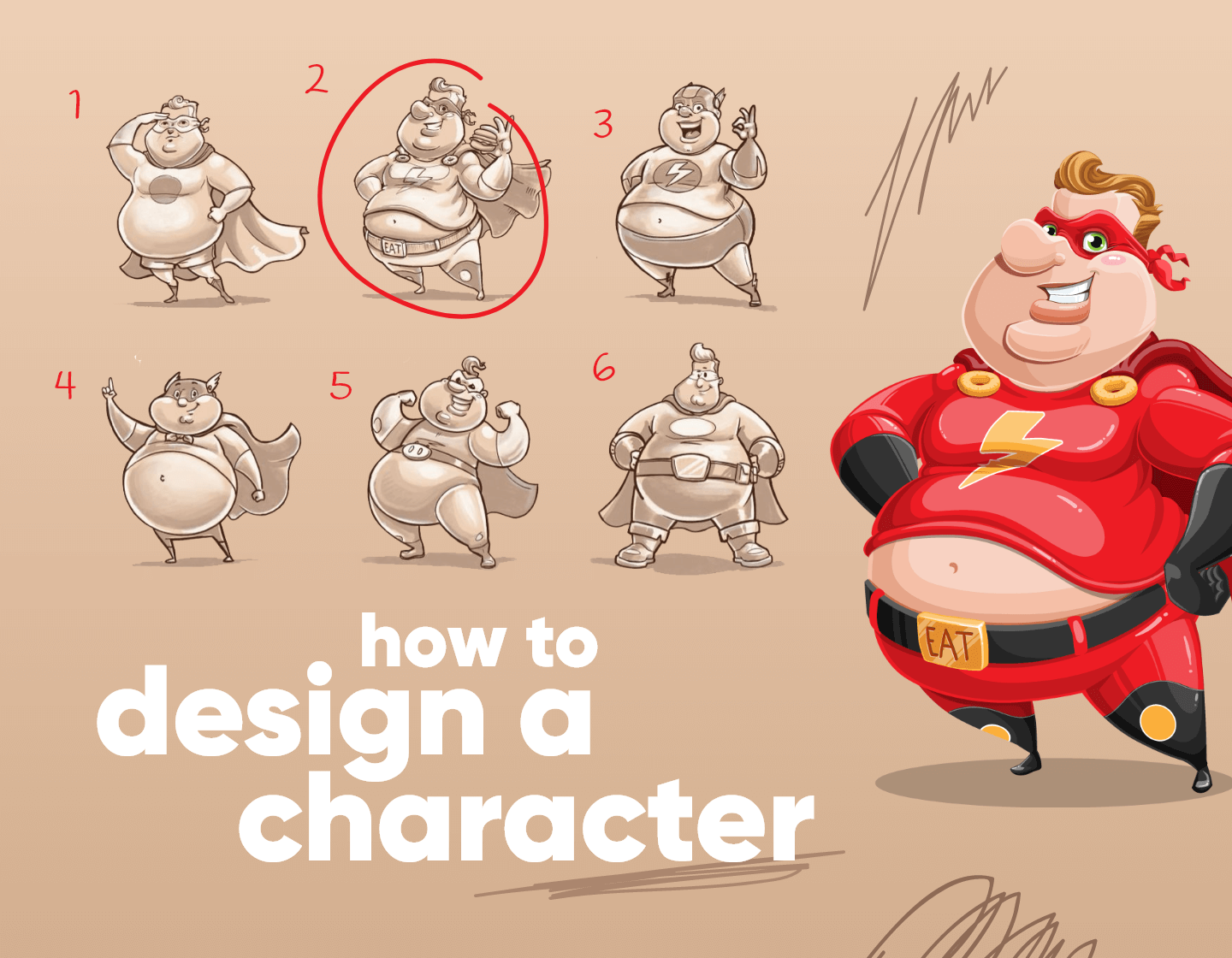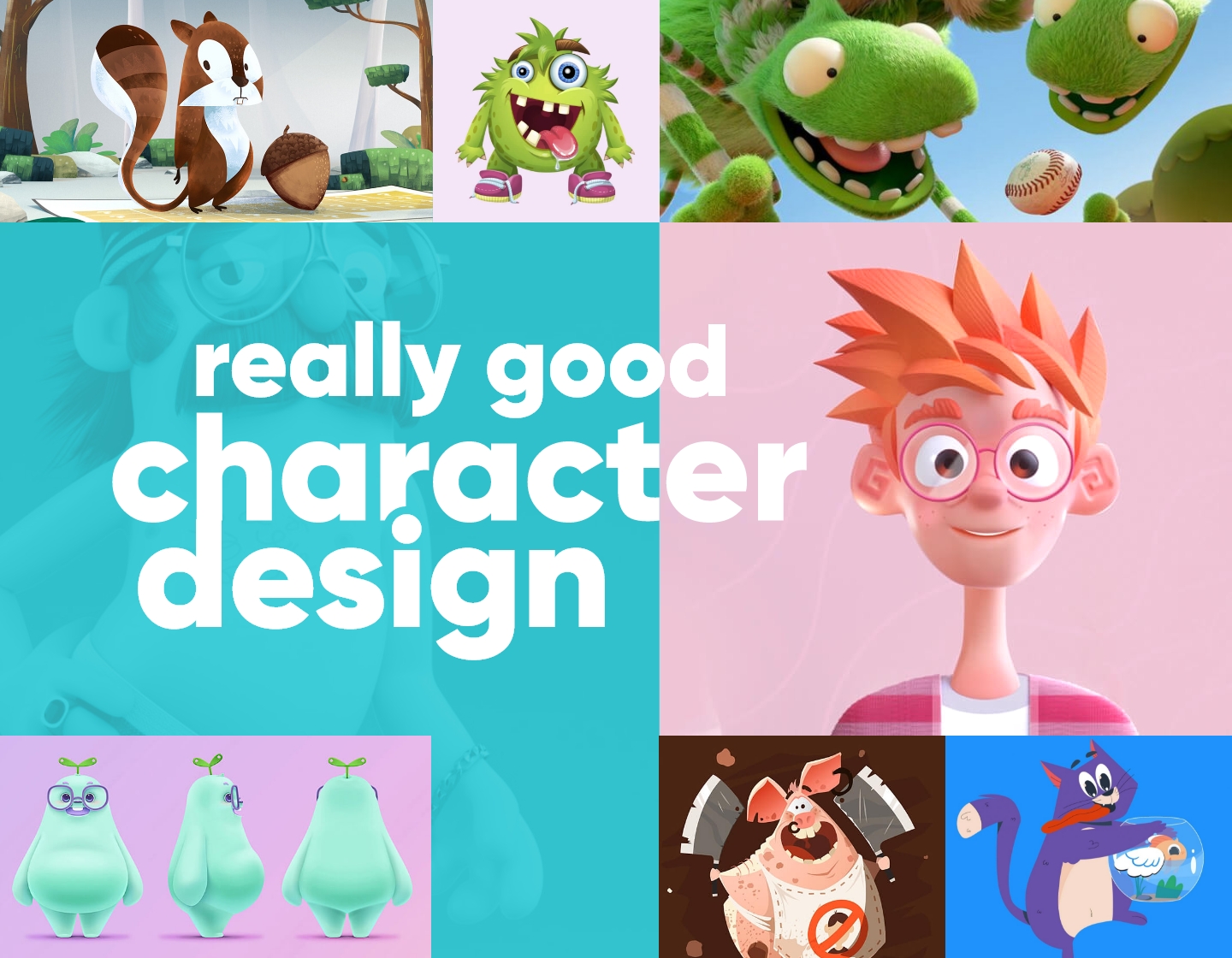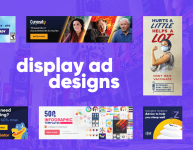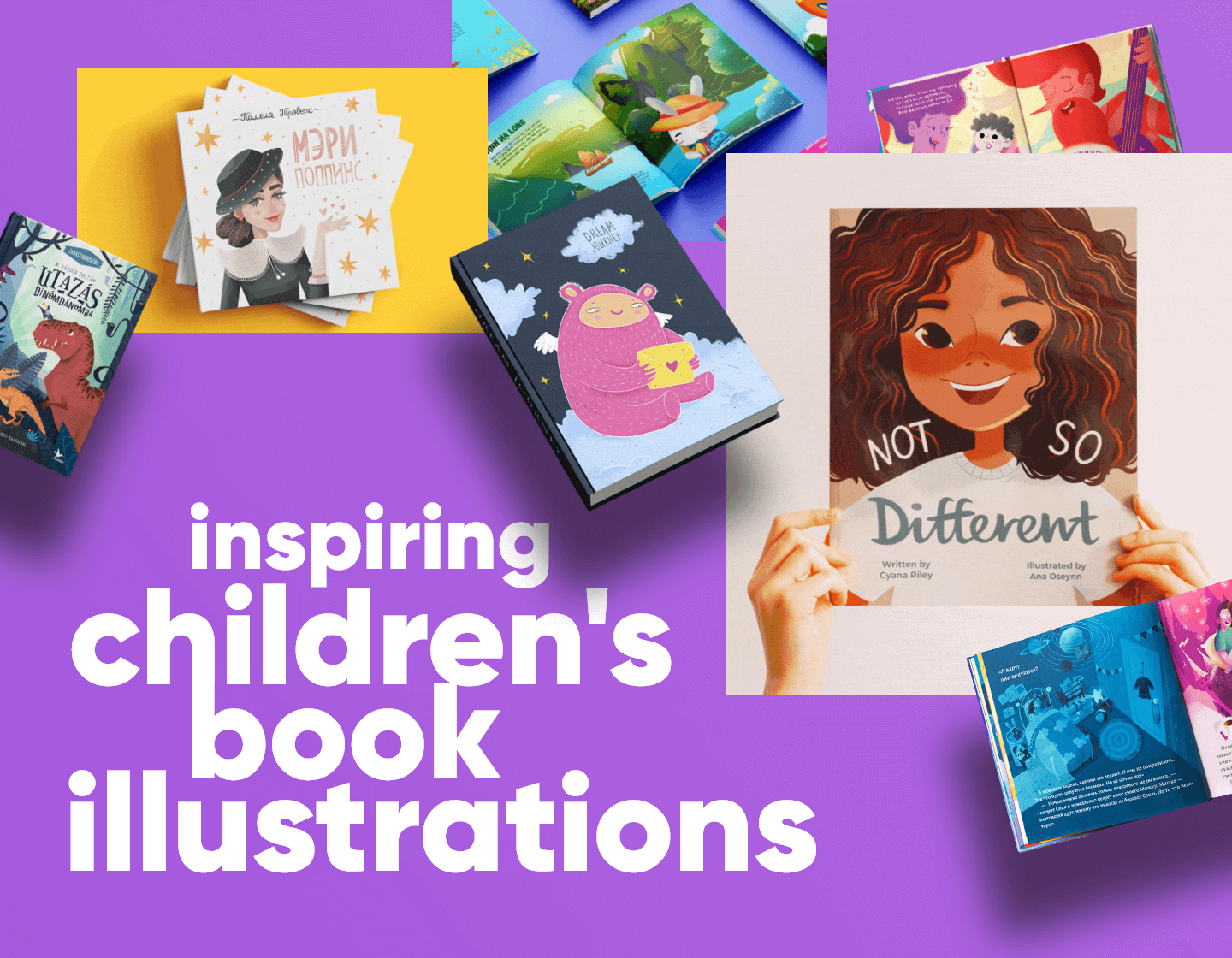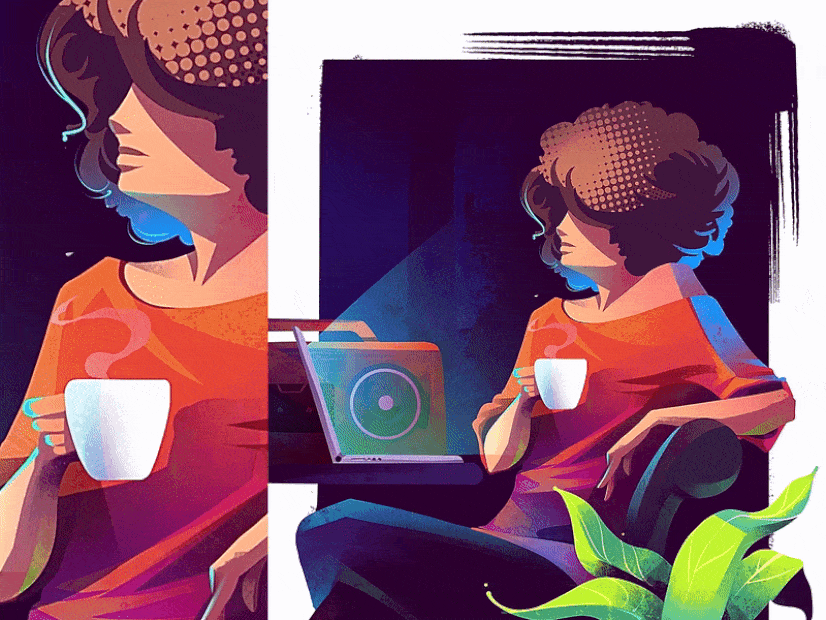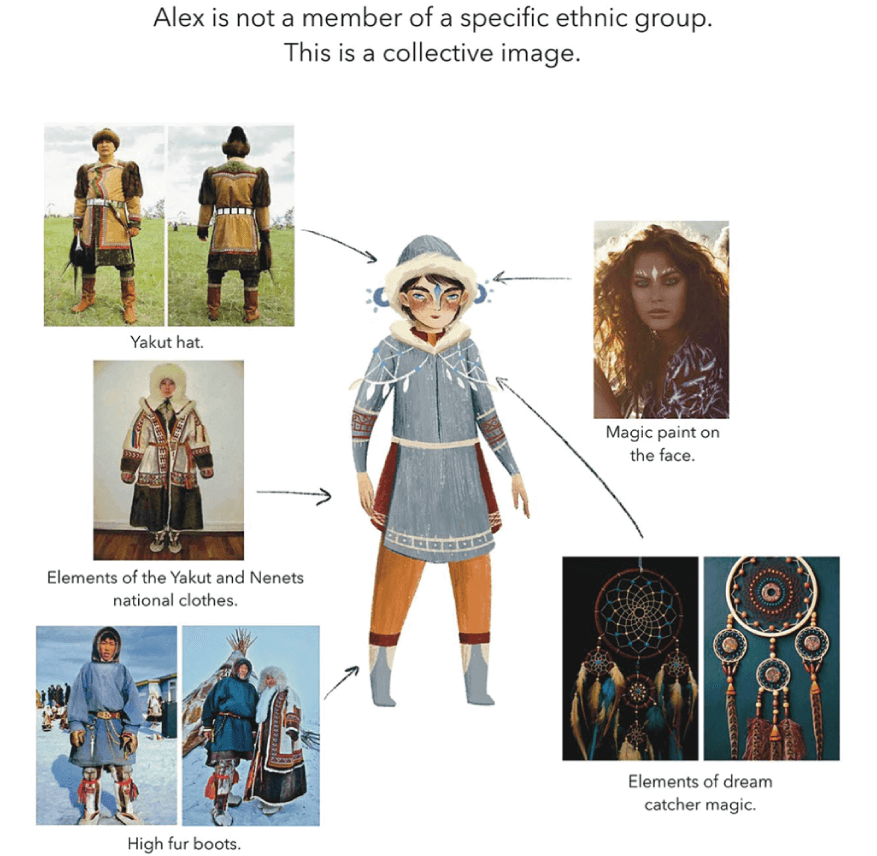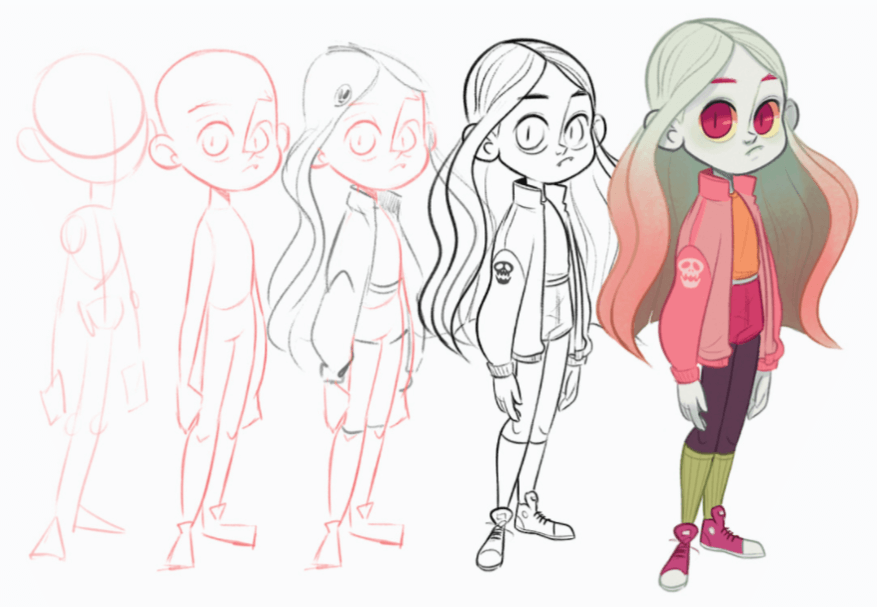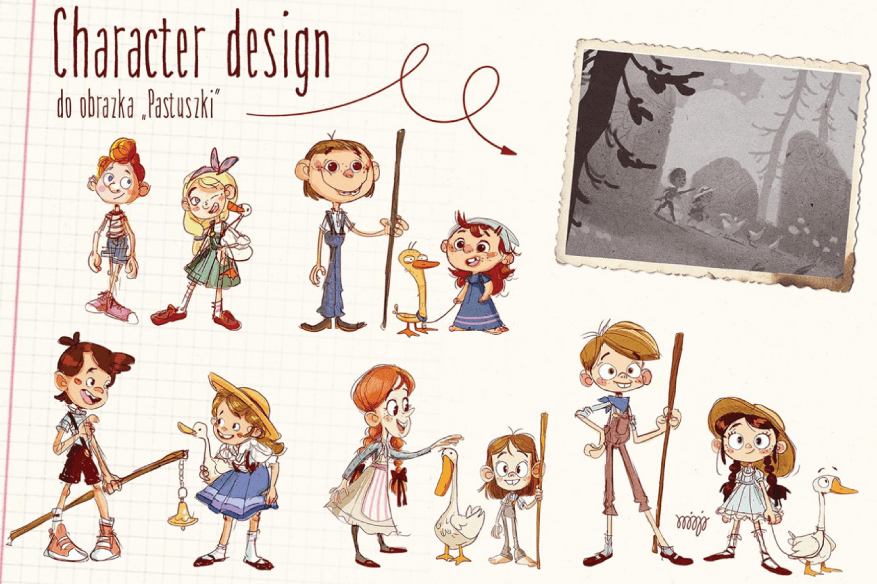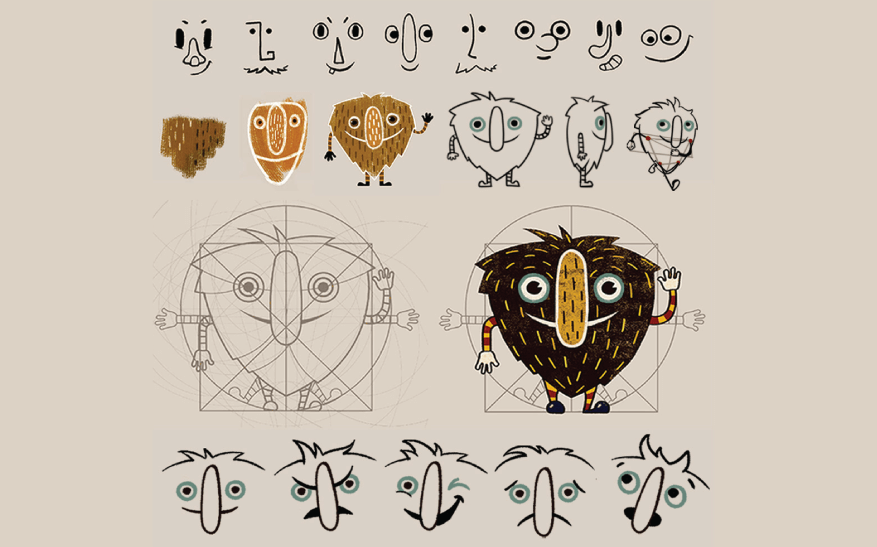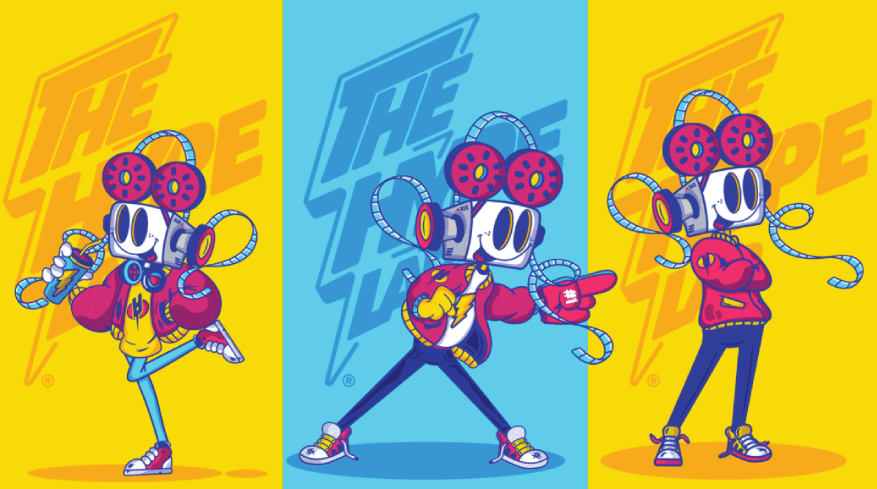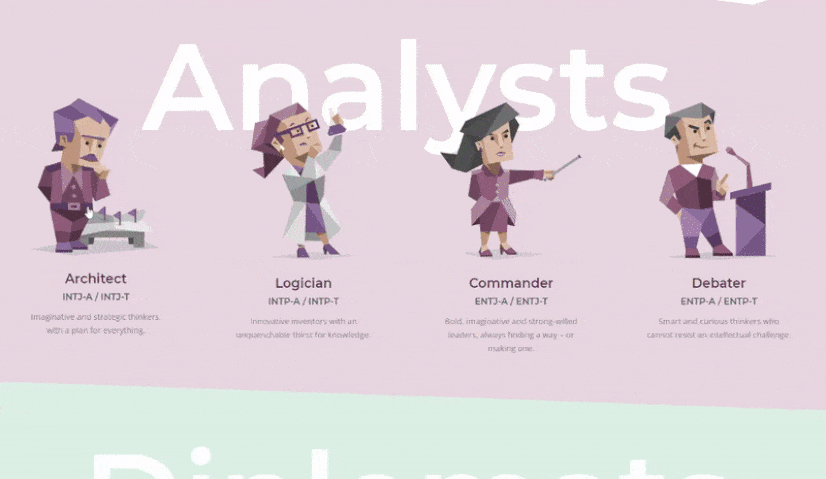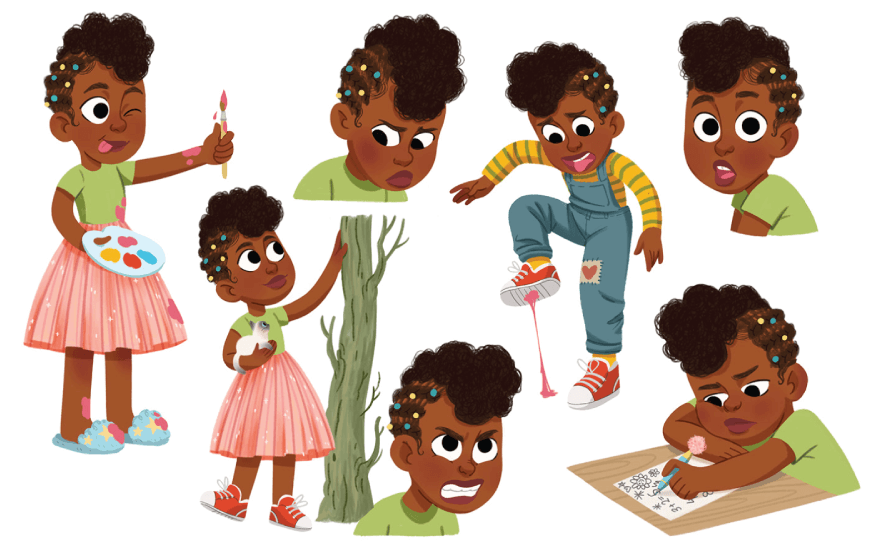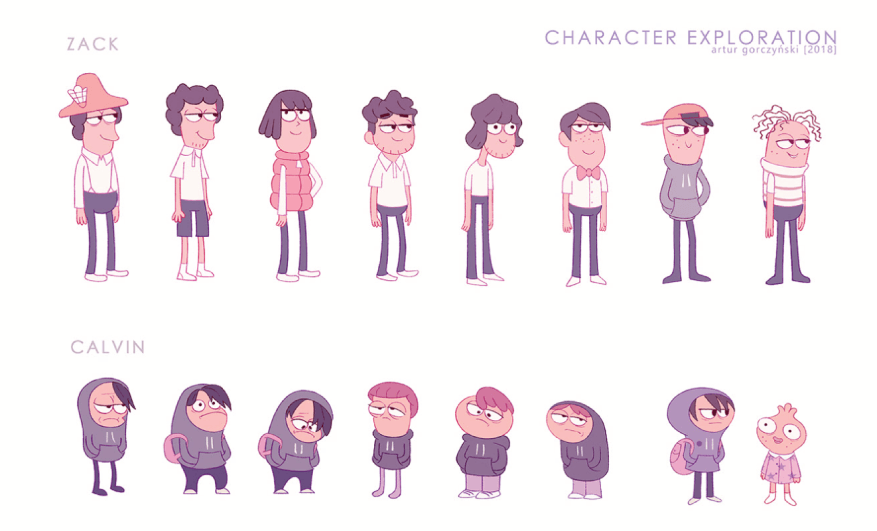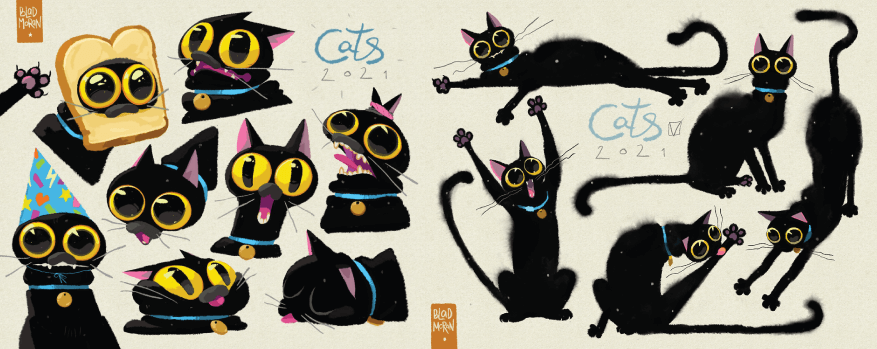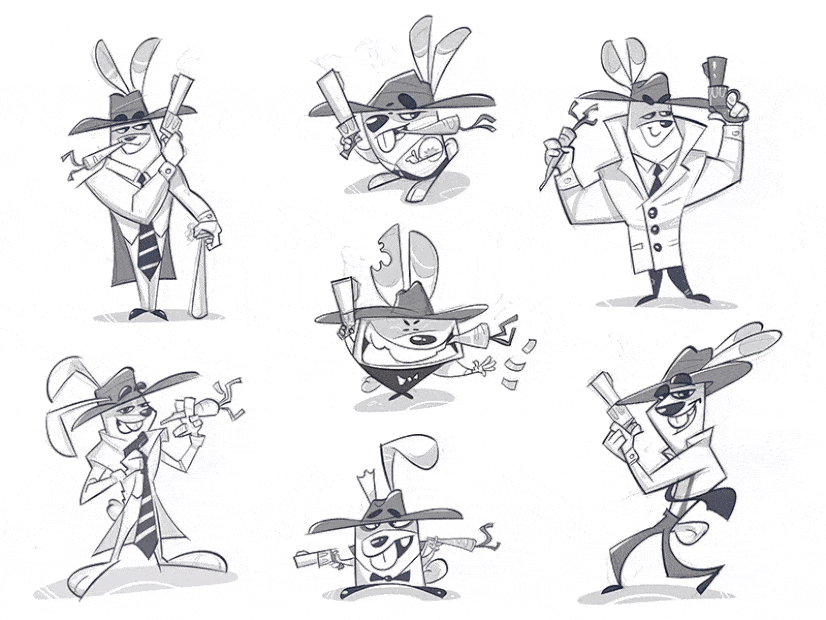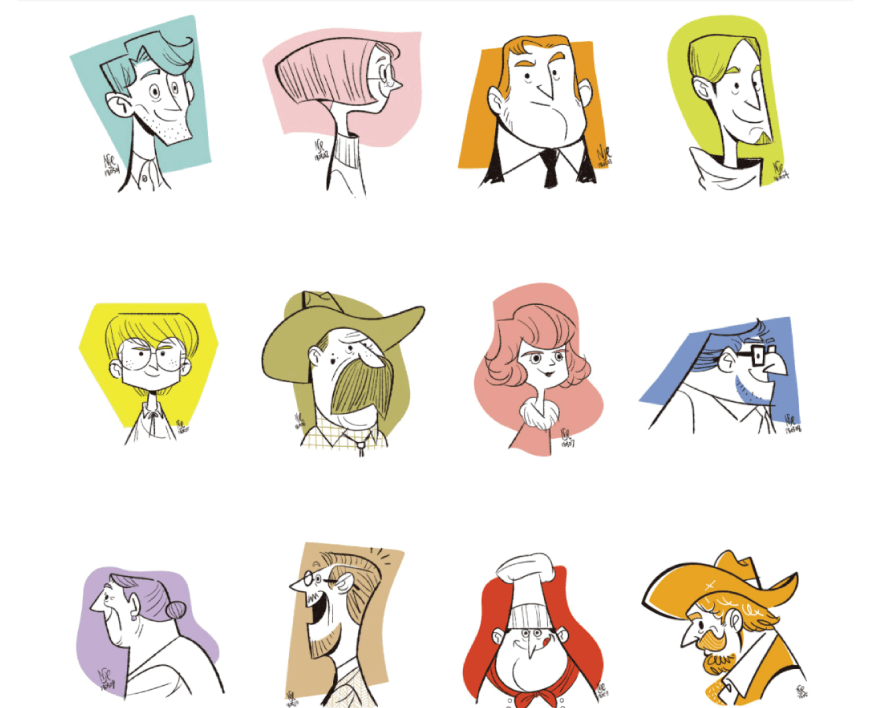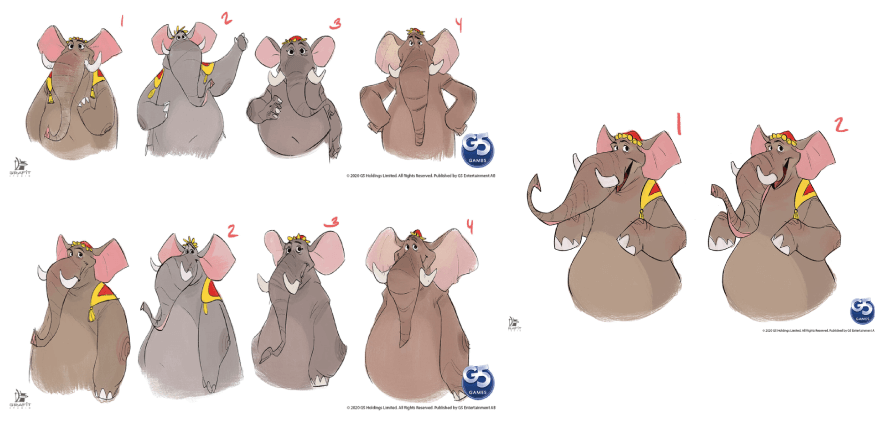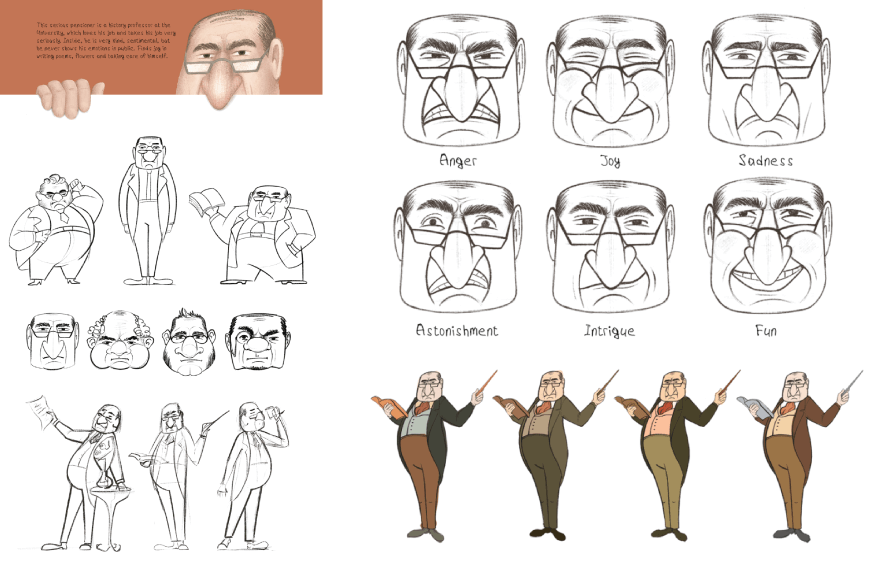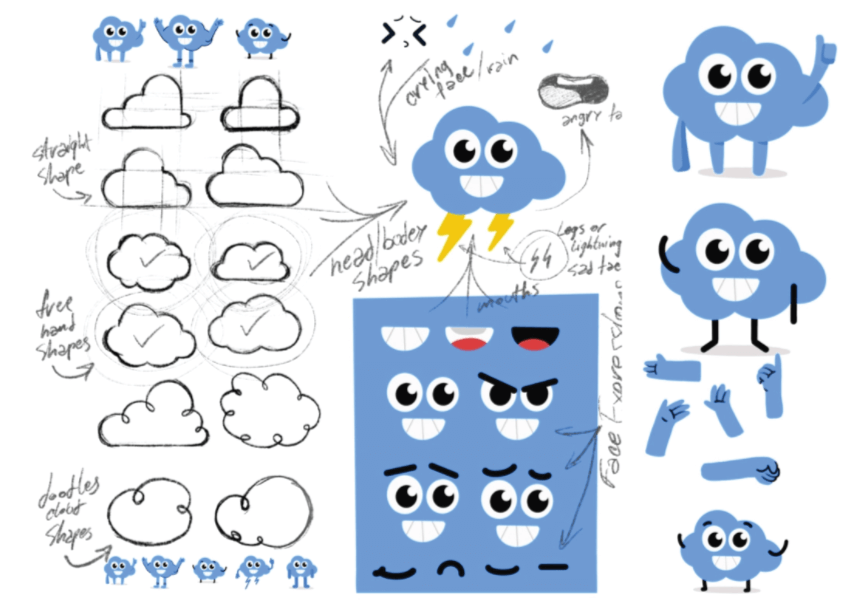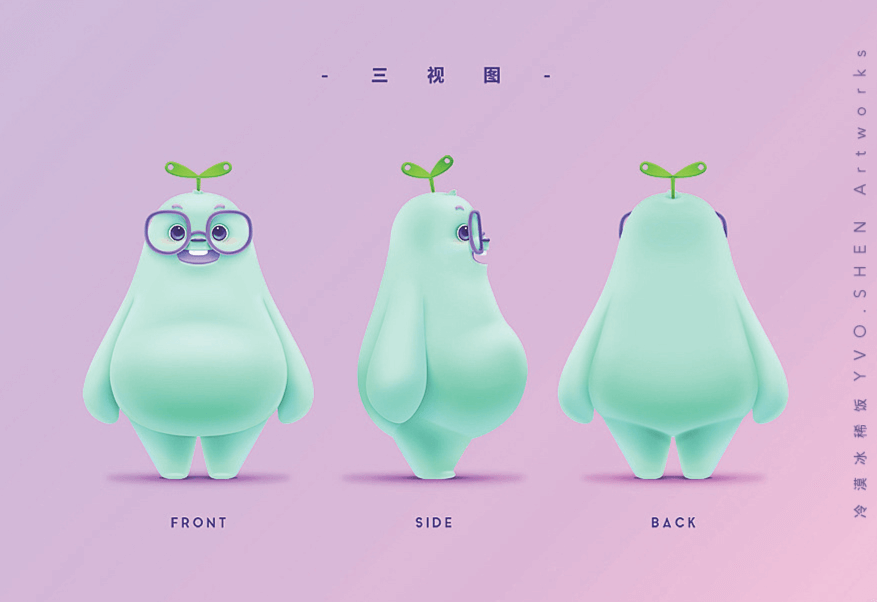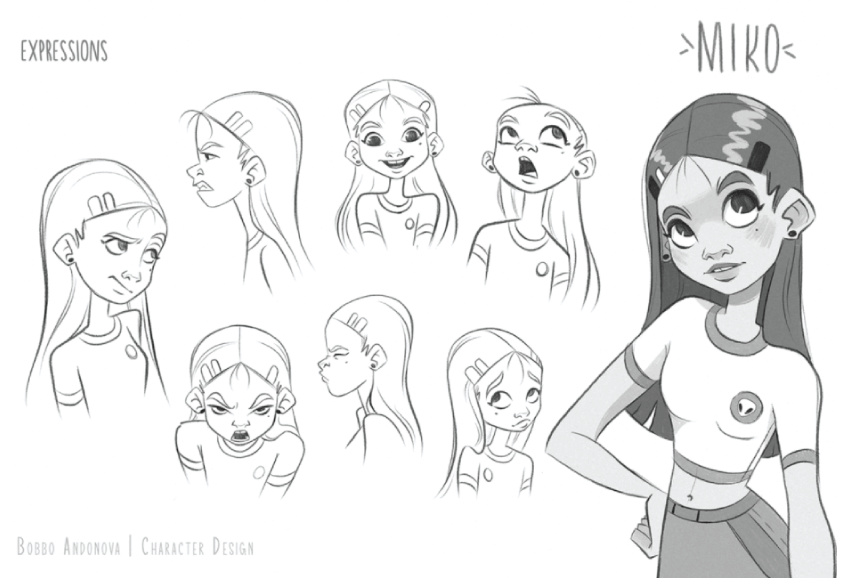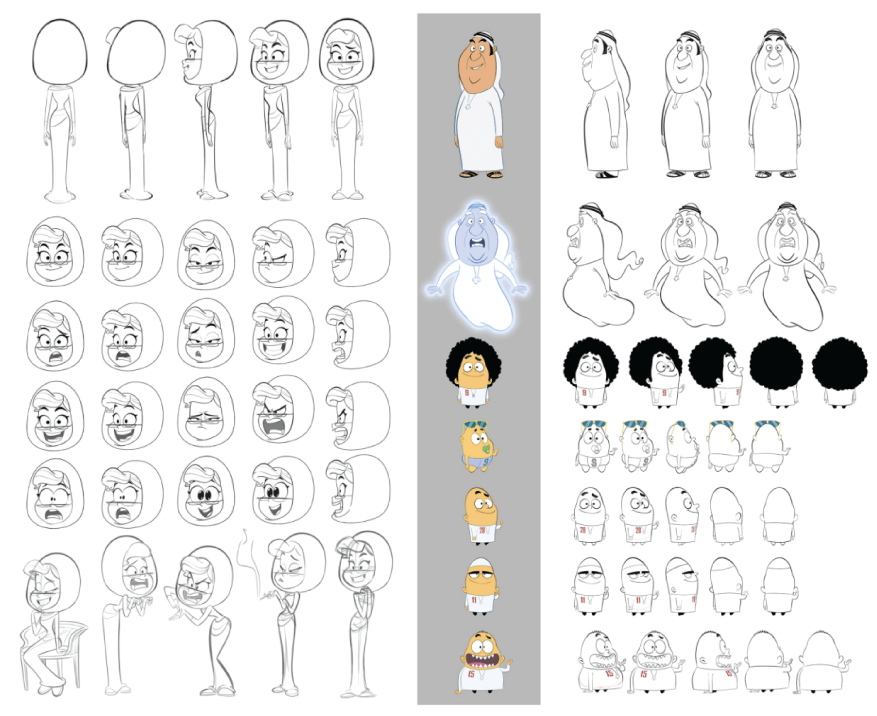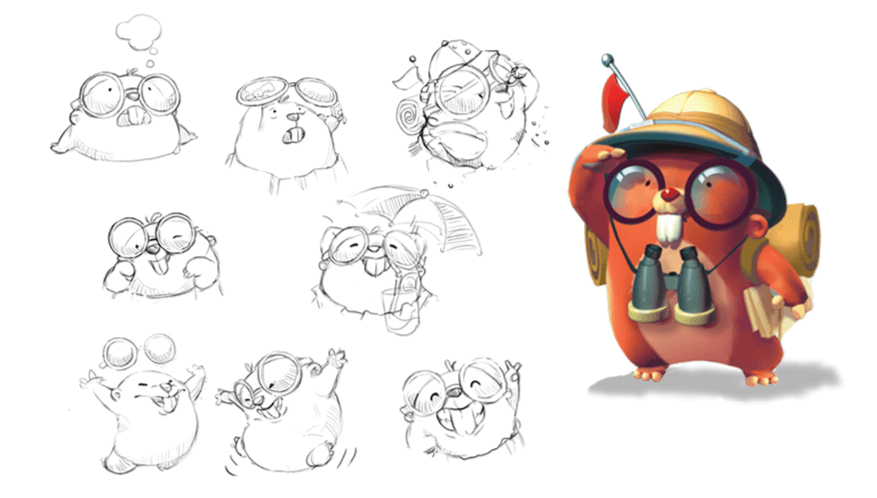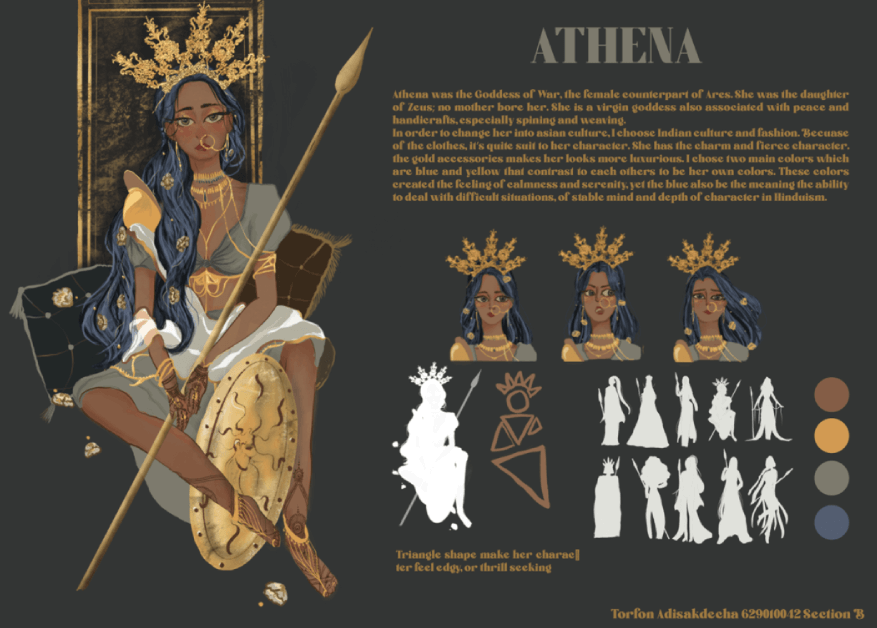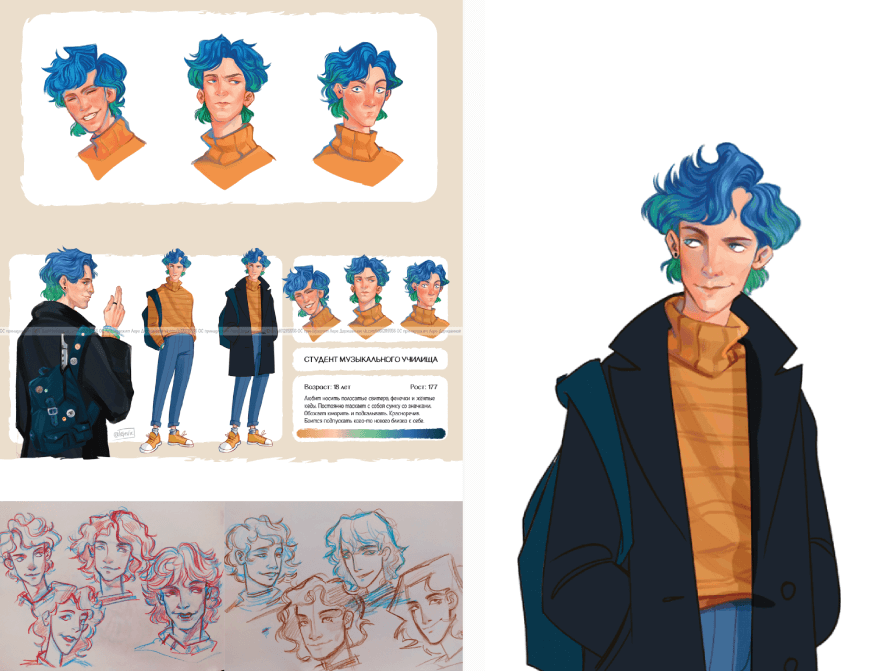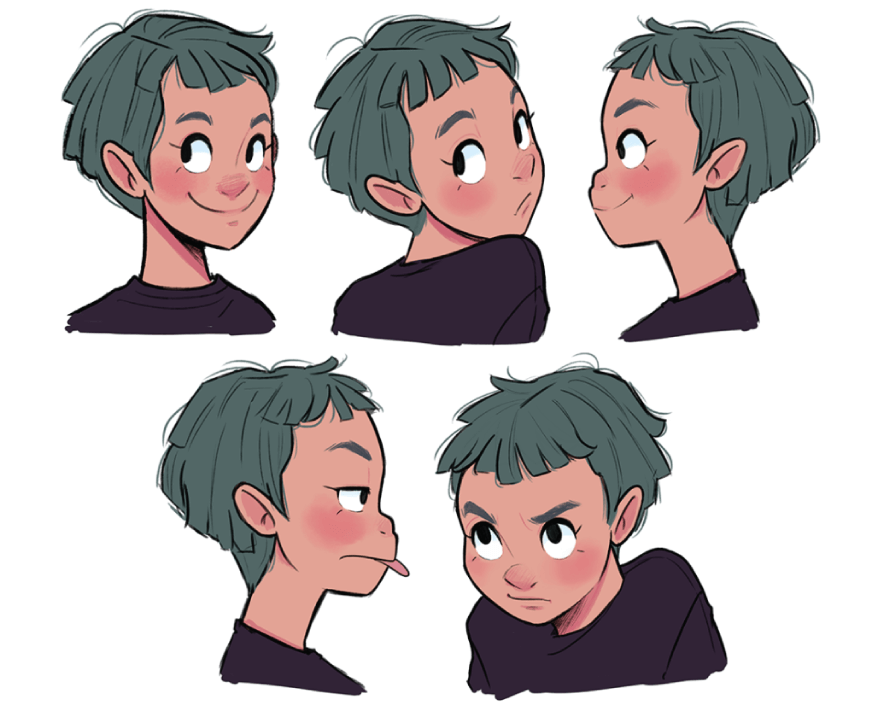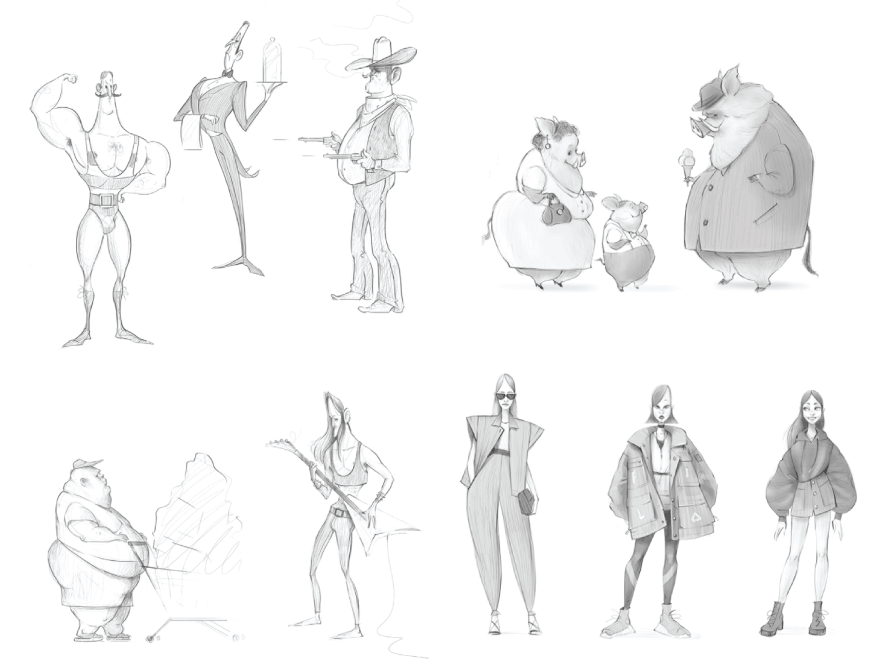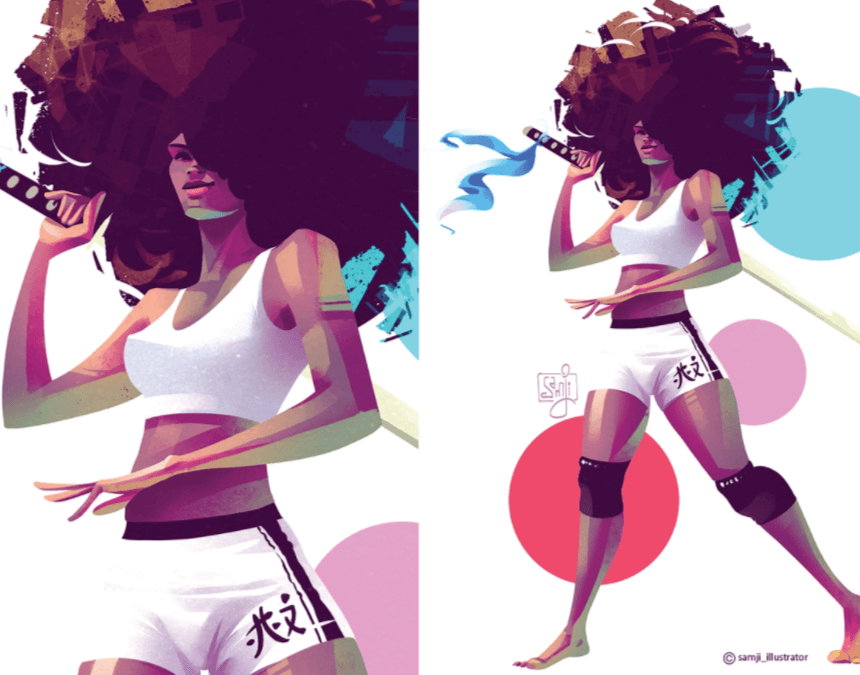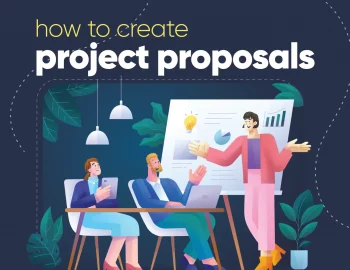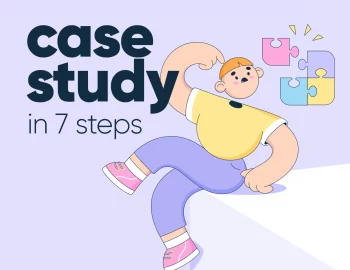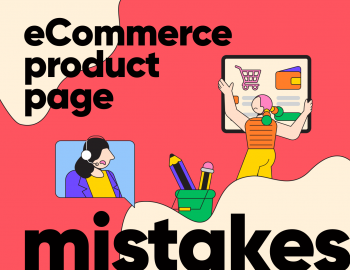Character design is one of the most essential skills for an artist, however, unlike most skills, it doesn’t have a magic formula that can guarantee instant success for creating appealing charismatic characters. So why did I even start writing this article on how to design a character, you might ask.
Well, even with something as subjective and dependent on imagination such as character creation, there are some best practices and processes that could help you go in the right direction to design and imagine your character. This is why today I’ll take everything leading artists and illustrators have come up with and assemble a guide to help you with your character creation.
[Article Overview] How to Design a Character?
- What Makes a Good Character?
- 5 Steps to Create a Great Character
- 5 Tips to Make Your Character Truly Memorable
“…when you look at a photo or realistic drawing of a face, you see it as the face of another . But when you enter the world of the cartoon , you see yourself.”
―
What Makes a Good Character Design?
Character design is the process of creating and developing a character for a visual story. This could be fictional literature, a brand story, comic books, a campaign, a video game, or a cartoon movie. What’s important is these characters and mascots are what drives the story forward and get people invested in it.
The main goal for every character creator is to design a character that is memorable and audiences connect with. Your character might have a serious business attitude, might be playful, goofy, emotional, or even evil incarnate. Whoever they might be, the character must be relatable to the viewer. Successful and memorable characters that manage to get people to have an emotional relationship with your story come from the ability of the artist to truly understand the character’s personality and backstory.
To summarize, a good character is:
- Memorable: the character doesn’t look like just any other person, animal, item, or creature.
- Recognizable: audiences can easily recognize the character just from their silhouette. (Mickey Mouse, Tom & Jerry, Rick and Morty, etc.)
- Relatable: it’s easy for the audience to understand the character and where they come from.
- Simple: the audience can focus on the character itself and not get distracted by details.
- Cliche with a twist: it’s impossible to create a character without at least one common cliche, however, try to incorporate such cliche traits in your own way.
5 Steps to Create a Great Character Design
Step 1: Do Your Research
In case you already have the basic idea of what your character is going to be, this makes it much easier. Imagine you wish to make a sea creature. Your research will include browsing through images of existing sea animals, sceneries, items, color palettes, and everything that will help you create a moodboard. Browsing through already existing works of artists can be also a very valuable experience in gathering ideas, unlocking patterns for successful sea creature design, their overall aesthetics, and more.
If you start from scratch, however, you can start off by browsing Pinterest boards, character design magazines, try to capture the mood you’re looking for. Do you want to design a human? An animal? Something in between? This is where moodboarding is essential.
To sum it up, here are the things to consider in your research phase.
- Browse magazines
- Create moodboards
- Decide on the species
- What time period they’re from?
- What’s the overall aesthetic?
- Research every aspect of your character with real-life examples.
Step 2: Think of the Character Traits
Character traits fall into 4 loose categories: overview, physical appearance, personality, and auxiliary traits. It’s a good idea to work with a pre-made sheet where you can write down your ideas. This will give you a great view of your character progress as a whole. In addition, you will also know what’s missing in your character and quickly come up with a solution based on the traits you already wrote down.
There are a lot of free character design templates out there. For example, you could download a free character design template by GraphicMama here.
So let’s start with the general information.
Character Traits: Overview
Sometimes it’s hard to start with the general description, especially if you start from scratch. You can always finish with the physical and personality traits first and go back to finish the overview.
- Name: The name is the flavor of your character. It needs to suit the style and universe of your character, however, it also has to be appealing and easy to remember for the particular target audience. On the contrary, if you’re creating a mascot that has to have the same name as your brand, this reverses the process: you will need to create a character that suits the name, not the other way around.
- Nickname: Even better, if your character has a more complicated name that suits them and you don’t wish to simplify, you can come up with a catchy nickname to vibe with your audience. This isn’t that essential as your audience will usually give the character a nickname themselves. Remember Bib or Biblobis? He’s known as the Michelin Man.
- Occupation: What does your character do? Are they a repairman, a superhero, a cleaning expert, a mermaid?
- Culture: Is there a specific culture that is bound to your character? It might be a modern western culture, a historical culture, a fantasy one, a futuristic one. This is part of the world-building.
- Environment: What environment does your character inhabit? What would that environment be if your character is an office guy, an alien, a mermaid, a dragon, a giant insect?
Physical Appearance of Your Character
This is the facade of your character that will make the first impression and capture your audience’s attention. In short, what does your character look like?
The physical appearance includes the following traits:
- Species: Everything can be a character from a human and animal, to an object and even a concept.
- Gender: Think whether your character would even have gender and if so, is it a fixed one?
- Age: Is there an apparent age to your character?
- Hairstyle: If your character has a hairstyle at all, what could it be made of. Hair, feathers, cables, fins, tentacles? Everything can give the illusion of a hairstyle.
- Colors: If your character isn’t bound to specific brand colors, think of what color scheme brings its features out and suits its aesthetic. For a business character, for example, flashy neons might not be such a good idea.
- Height: Your character could be tall, medium, or short. They might even be a giant or a small creature.
- Weight: This doesn’t apply to how fit is your character, but rather how they move. In its extremes, think of a giant with huge feet that makes the ground shaking, or a floating little fairy that changes its course in the wind’s direction.
- Body Type: Your character might have a slender, muscular, medium, or chubby body. In some cases, it might not have a defined body at all. For example, if it’s a flame it will change its shape constantly depending on its emotions.
- Distinctive Features: This is the most important part of this category as it brings out the specific features that make your character different. Dumbo, for example, would be just another cute small elephant character if it wasn’t for their huge ears.
Your Character’s Personality
Great character design is rarely just about the physical traits. Your character might look amazing and make an incredible first impression. However, it’s their personality that will ultimately win your audience and make them stay.
Fortunately, there are a few databases and techniques that can help you get a direction. Writers who need to create compelling relatable characters often use the MBTI and enneagram systems to help them build their characters. With this in mind, even if your character is meant for a brand and doesn’t have to be that complex, they still need to have a strong presence and personality.
Character personality usually features these traits:
- Type: This could include everything from listing traits such as friendly, joyful, casual, to a specific MBTI type to set the overall impression. This will help you draw the right expressions that will match your tone later.
- Temper: This is a very visible part of the personality and will definitely reflect your character’s presence. The four main tempers are sanguine, choleric, melancholic, phlegmatic, or a combination of the two.
- Social Attitude: Is your character friendly, outgoing, talkative, bubbly, shy, formal, or something else?
- Quirks: Does your character have a specific quirk? Something more personal. They could be clumsy, sleepy, flirty, or forgetful. Anything you think would suit them and make them charming and interesting.
- Skills: This is a tricky one. If they’re in IT, they might be a brilliant programmer. But you could always put a plot twist and make them secretly an amazing team leader who would be a better manager instead. Or how about a plumber who is very empathetic and amazing at solving people’s relationship problems? Allow your audience to discover these skills easily.
- Likes: What are the things your character might like?
- Dislikes: What are the things your character would not be that fond of or actively dislike?
Auxiliary Character Features
This category is more about the body language that hints at your character’s temper and personality. With the right posture and walk or the way they move their hands, your character may look very confident and assertive, or shy, or energetic. You can make all of this quite visible through the motion lines.
- Posture: What is your character’s default posture. Standing upright with hands on the waist? Looking down with hands in their pockets?
- Walk: This reflects the temper a lot. For example, they might be fast-phasing, almost jumping, or they might be chill and taking their time.
- Gestures: Your character might have specific gestures while they talk. For example, if they’re very energetic, they will be also very expressive with their body language. Stereotypically, an all-business pragmatic and serious character will often show less of their body language, keep their face calm, and even keep their hand behind their back.
- Catch Phrase: Especially for branding, mascots always have a memorable catchphrase. For a quick example, The Kool-Aid Man was known for bursting through walls saying “Oh yeah!”
Step 3: Start Sketching
Sketching is the most important part of the character design process as it is when you’re actually creating. Everything else from there is just polishing. In this phase, you decide and draw all the visible information: the shapes that build its form and even personality, the lines that communicate their movement. This is your brainstorming session that will give life to your imagination.
Here is what you can do in this phase:
- Shapes and Lines: Simple shapes are used most effectively when they communicate personality. For example, round shapes are soft and approachable, friendly and lovely. While angles and harsh shapes are usually used to communicate danger, strength, caution. The lines in this case dictate how your character stands and how they move.
- Thumbnails and Silhouettes: This is the overall look of your character when you strip them from all detail. You may consider this the ultimate test for a strong design. When there’s nothing left but the silhouette, is your character still recognizable?
- Proportions and Exaggeration: Some artists create more memorable characters by exaggerating some of their features. Think Johnny Bravo and his disproportionate body shape with strong upper body and tiny legs. Such amazing exaggeration builds his character as a strong, confident over-the-top funny guy.
- Rouch Sketches: Don’t dwell on the details. In this phase, you’re brainstorming your character and make a lot of rough sketches to decide the shape and lines. In short, draw a lot and draw fast.
- Choose the Best Sketches: Once you’ve agreed upon a few sketches that represent your idea best, draw them larger and with more detail.
- Mix if You Must: Sometimes, you will find that your character is almost perfect and the way you like them. However, some of the other sketches might represent aspects of the character better than your best sketch. Don’t be afraid to mix.
- Create Variants: When you’re done choosing, mixing, and adding details, try making more variants to your last sketch. Perfection doesn’t exist and you can always do even better.
Step 4: Explore Your Character
You’ve done the hard part. Now it’s all about relaxing and exploring your character design further by adding facial expressions, some movement, and the environment.
- Styles: This is all about the art style and what suits them best. Your character might look better as a cartoon, in flat style, or in a more detailed one. This usually depends more on the media, brand, and overall concept.
- Expressions: Probably the best part. it’s always fun to try some exaggerated facial expressions of extreme happiness, sadness, anger, fear, awkwardness, boredom, and whatever you can think of.
- Poses: A great way to explore your character is to see how they walk, sit, think, express happiness, etc.
- Colors: And finally, a very important step of the way to your amazing character design is to find the perfect color scheme. If you don’t have a previously decided brand palette, you go nuts to make your character really pop out. The colors may reflect the personality, its environment or make an accent on something specific that you wish your audience to focus on immediately.
Step 5: Prepare The Vision Board
Now, time for the proper presentation. You can do that by creating a few moodboards that feature everything that makes your character: sketches, poses, color palette, expressions, styles, outfits, catchphrases. Sometimes, words aren’t enough to present the whole concept, let your moldboard make the presentation for you.
By the way, you can also download a pre-made editable moodboard to get inspired for your character presentation. Here we’ve collected 20 free moodboard templates you can download and use for the occasion.
Student (character concept) by Victoria Sav and Leprvic SV
5 Tips to Make Your Character Truly Memorable
In this section, I’ll go through some highlights that make a good formula for a memorable character. Most of the things we’ve already discussed in some of the steps. However, here I will highlight them so you’ll know never to overlook these principles.
👨👩👧👦 Know your Audience
It’s very important for your character to appeal to you, as it will wear the magic of your love creating it. However, consider that this character should also appeal to the target audience. In short, whom your character is aimed at? Children? Specific demographic of tech geeks? Agencies? This is especially important when your character is commissioned. In this case, your character is more restricted and predetermined, but still gives room for creation.
In each case, there’s an audience to focus on and each audience has different needs and preferences.
🦚 Distinction
No matter what type of character you’re designing, one thing is for sure. There are and will be, hundreds of similar characters out there that look like yours. The key is to create something strong enough to get your audience’s attention. Something distinctive and different, even unusual. Blie skin? Crazy hairstyle? Disproportionate long feet? Why not?
🌑 Clear Silhouette
Try turning your character into a silhouette and see if it’s still distinct and recognizable. This applies also to the poses and emotions. For example, if you keep the limbs separate, it would be easier to recognize what your character is doing from the very silhouette.
🤪 Exaggerate
Realistic proportions are kinda boring and predictable. Unless realism is a must in your current project, try to create a distinctive shape for your character by playing with the natural proportion. When you know how to draw different body types, you will be able to customize any body shape to fit their personality.
If your character is a ninja or assassin, try to convert the fact they’re fast, agile, and stealthy by making them small, thin, with long limbs, ideal to climb and hang from a roof. Features that define your character are your best target for exaggeration. For example, if you design a strong warrior or a barbarian, make their upper body muscles crazy oversized and distinct.
🏃♀️ Movement
And last, but not least, consider the line of action that defines the direction of your character to the extreme. The line of action is the curved line that gives the character action as opposed to the straight line where the character is static. A curved line of action gives attitude and force and makes the character dynamic and alive.
That’s it!
You’ve reached the end of today’s journey on how to design a character. In conclusion, there isn’t a defined formula, however, there are a few best practices and things to consider before jumping on the drawing board. More importantly, your character is much more than a visual, it has personality, temper, and appeal that makes them distinct from every other character. I hope this guide inspired you to give life to your character ideas and make them absolutely awesome.
In the meantime, if you feel inspired, there’s more where that came from. You could check out more articles with insights and inspiration like these:
- 32 Amazing Children’s Book Illustrations For Mega Inspiration
- The Art To Color Combinations: How to Use the Color Wheel
- Color Symbolism: The Meaning Behind Colors and What Messages They Convey
Or you can jump straight into this mega inspiration article-collection of 100+ Really Good Character Design Examples Proving that Everything Can Become a Character


